LED Light Lifespan: How Long Can You Expect Your LED Lights to Shine?
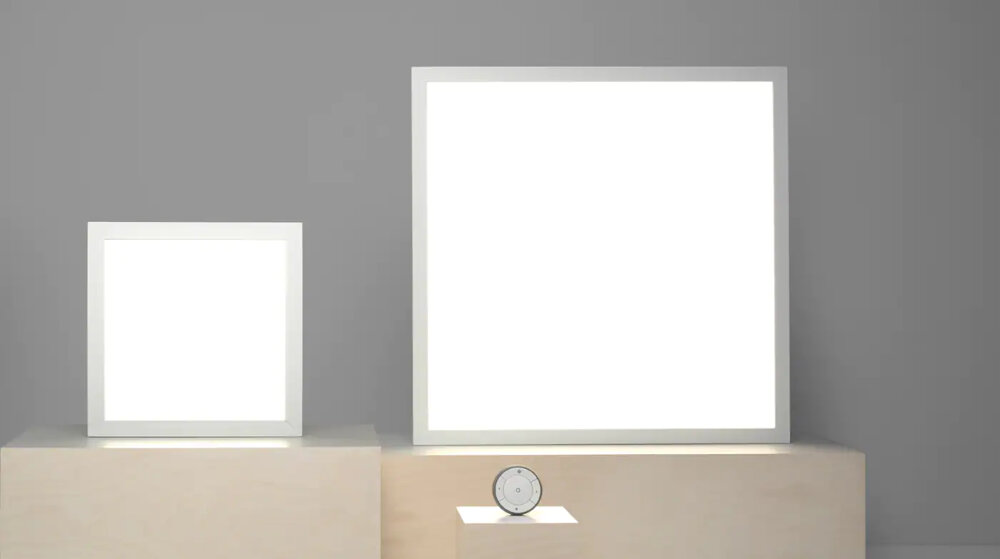
LED lights have revolutionized the lighting industry with their energy efficiency, durability, and versatility. They are now widely used in homes, offices, public spaces, and commercial buildings. One of the most significant advantages of LED lights is their lifespan, which exceeds that of traditional incandescent and fluorescent lights. However, the LED light lifespan varies depending on several factors, such as the quality of the product, the usage patterns, and the environment. Therefore, it is essential to understand how long you can expect your LED lights to shine and how to maximize their lifespan. The LED light lifespan is a critical factor to consider when choosing the right lighting solution for your needs. It refers to the length of time that the LED light can operate before its brightness decreases to a certain percentage of its initial output. The lifespan of an LED light is measured in hours, and it can range from a few thousand hours to over 100,000 hours. However, the manufacturer’s claimed lifespan may not always be accurate, and other factors may affect the actual lifespan of the LED light. Therefore, it is crucial to know the factors that affect the LED light lifespan and how to extend it.
LED lights, or Light Emitting Diodes, are a type of lighting technology that are highly efficient, long-lasting, and environmentally friendly. Unlike traditional incandescent bulbs, which use a filament to produce light, LED lights use a semiconductor material that emits light when an electric current is applied. LED lights come in a variety of colors, from warm white to cool white to multicolor, and can be used for a variety of applications, including home lighting, outdoor lighting, and commercial lighting. With their low energy consumption, high durability, and long lifespan, LED lights are a popular choice for those seeking an eco-friendly and cost-effective lighting option.
The lifespan of LED lights is a crucial factor to consider when purchasing any lighting system. LED lights have become increasingly popular due to their long-lasting lifespan, energy efficiency, and environmental friendliness. Unlike traditional incandescent bulbs, LED bulbs can last up to 50,000 hours, which is 50 times longer than incandescent bulbs. LED light’s longevity is due to their solid-state construction, which makes them resistant to shock, vibration, and temperature changes. This also means that they require less maintenance, reducing the overall cost of ownership. In the long run, investing in LED lights will not only save you money but also reduce the number of times you need to replace them, saving you time and effort.
There are several factors that can affect the lifespan of an LED light. Firstly, the quality of the materials used in the manufacturing process can play a significant role. Cheaper materials may result in lower quality components that are more prone to failure over time. Secondly, the operating temperatures of the LED can also impact its lifespan. If the LED is exposed to high temperatures for extended periods, it can cause damage to the components and shorten its lifespan. Thirdly, the amount of use the LED receives can also affect its lifespan. If the LED is used frequently or for extended periods, it may wear out more quickly than one that is used sparingly. Finally, the quality of the power supply being used can also have an impact. A high-quality power supply can help to regulate the voltage and current flowing through the LED, which can help to extend its lifespan.
Factors Affecting LED Light Lifespan
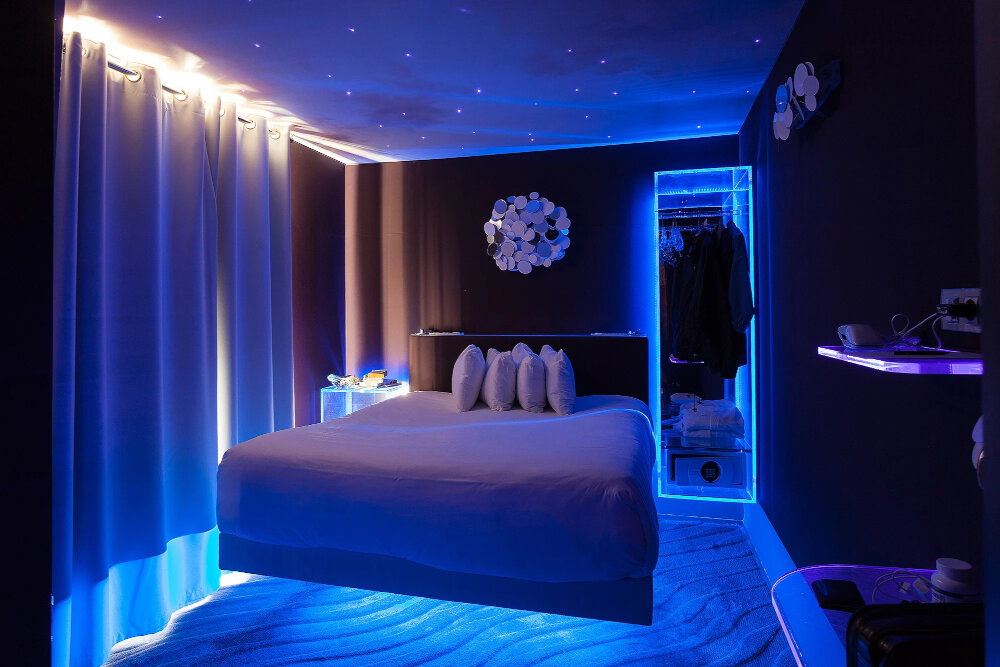
LED lights are known for their longevity, which is one of the major reasons why they are becoming increasingly popular in the lighting industry. The lifespan of LED lights depends on various factors that can affect their performance and durability. Firstly, the quality of the LED chip used in the light plays an important role in determining its lifespan. High-quality LED chips are designed to withstand higher temperatures and provide better performance, resulting in a longer lifespan for the light. Secondly, the operating environment of the LED light can also impact its lifespan. Excessive heat, moisture, and dust can cause the light to deteriorate faster than it would in optimal conditions. Therefore, it is important to ensure that the LED lights are installed in a suitable environment to maximize their lifespan. Additionally, the driver used to power the LED lights can also impact their longevity. A high-quality driver can provide a stable and consistent current, which can help to extend the lifespan of the LED light. Overall, a combination of various factors, including the quality of the LED chip, operating environment, and driver quality, can determine the lifespan of LED lights.
Heat dissipation is an important factor in determining the lifespan of LED lights. When an LED light is in operation, it generates heat, and if the heat is not dissipated properly, it can cause the LED to fail prematurely. Therefore, LED lights are designed with heat sinks and other cooling mechanisms to dissipate heat away from the LED diode. The heat sink is made of materials that have high thermal conductivity, such as aluminum, copper, or graphite, which can absorb heat from the LED and release it into the surrounding environment. In addition, some LED lights are designed with fans or other cooling devices to enhance the heat dissipation process. By optimizing heat dissipation, LED lights can operate at a lower temperature, which can extend the lifespan of the LED diode and improve the overall energy efficiency of the lighting system.
Voltage fluctuations are a common problem that can affect the lifespan of LED lights. These fluctuations can occur due to a variety of reasons, including power surges, lightning strikes, and faulty wiring. When the voltage fluctuates, it can cause the LED lights to flicker or even turn off completely. This not only reduces the lifespan of the LED lights but can also be a safety hazard. To prevent voltage fluctuations, it is important to use high-quality electrical components and to have regular maintenance checks performed on your electrical system. Additionally, installing surge protectors can help to protect your LED lights from voltage spikes and other electrical disturbances. By taking proactive measures to prevent voltage fluctuations, you can ensure that your LED lights will shine brightly for years to come.
Manufacturing quality is a crucial aspect when it comes to the lifespan of LED lights. High-quality manufacturing processes are essential in ensuring that LED lights are durable and long-lasting. At the heart of LED light manufacturing is the quality of the materials used. The use of high-quality materials such as heat sinks and drivers can significantly increase the lifespan of LED lights. Additionally, the quality of the manufacturing process itself, including proper assembly and testing, can also play a significant role in determining the lifespan of LED lights. Therefore, it is crucial to choose LED lights that have been manufactured using high-quality materials and processes to ensure that they shine for as long as possible.
Usage patterns play a crucial role in determining the lifespan of LED lights. LED lights are designed to work efficiently for a long time, but their lifespan can be affected by how often they are used and the conditions in which they operate. For instance, if LED lights are used for extended periods without a break or in extremely hot conditions, they may fail sooner than if they were used less frequently and in cooler environments. Additionally, the type of use can also impact their lifespan. For example, LED lights used for outdoor lighting may have a shorter lifespan due to exposure to the elements. Understanding usage patterns and taking steps to optimize their use can help extend the life of LED lights.
How Long Do LED Lights Last?
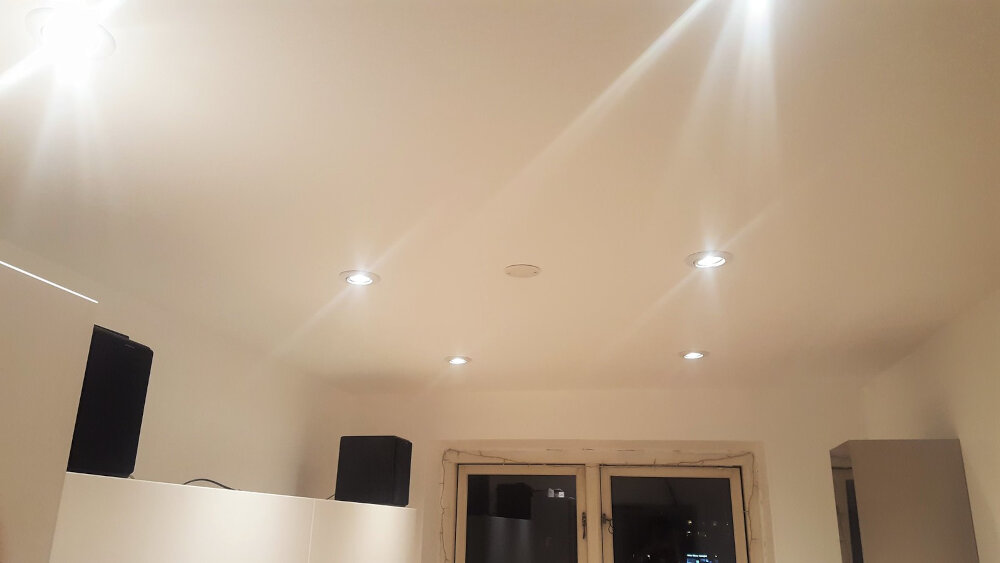
LED lights have become increasingly popular in recent years due to their energy efficiency, cost-effectiveness, and longevity. LED stands for \light-emitting diode,\ which is a semiconductor device that emits light when an electric current passes through it. LED lights have a lifespan that far exceeds that of traditional incandescent bulbs, which is one of the main reasons they have become so popular. On average, LED lights can last up to 50,000 hours or more, which is significantly longer than the average lifespan of an incandescent bulb, which is only around 1,000 hours. The lifespan of an LED light can vary depending on a variety of factors, such as the quality of the LED, how often it is used, and the conditions in which it is used. Generally speaking, LED lights that are of higher quality and are used less frequently tend to last longer than those that are of lower quality and are used more frequently. In addition, LED lights that are used in harsher conditions, such as extremely hot or cold temperatures, may not last as long as those that are used in more moderate conditions. Overall, LED lights are an excellent choice for anyone who wants a cost-effective, energy-efficient, and long-lasting lighting solution.
When it comes to the lifespan of LED lights, there are various factors that can affect it. Generally speaking, LED lights have a significantly longer lifespan than traditional incandescent bulbs. On average, an LED light can last for up to 50,000 hours, which translates to approximately 5-6 years of continuous use. However, this lifespan can vary depending on factors such as the quality of the LED chip, the operating temperature, and the quality of the fixtures used. High-quality LED lights that are properly installed and maintained can even last for up to 100,000 hours or more. This longevity not only saves money in the long run but also reduces the environmental impact of constantly replacing burnt-out bulbs.
LED lights, or light-emitting diodes, have a significantly longer lifespan than traditional lights for several reasons. First, unlike incandescent bulbs which produce light by heating a filament, LEDs produce light through a process called electroluminescence, which generates light by passing an electrical current through a semiconductor material. This means that LEDs generate far less heat than traditional bulbs, making them less prone to burning out or overheating. Additionally, LEDs do not contain any fragile components that can break or wear out over time, such as filaments or glass bulbs. Finally, advancements in LED technology have made them more energy-efficient, reducing the strain on the components and further extending the life of the bulb.
When it comes to lighting options, LED lights outperform other types of lights in terms of lifespan. Traditional incandescent bulbs have a lifespan of around 1,000 hours, while compact fluorescent lamps (CFLs) can last up to 10,000 hours. However, LED lights can last up to 50,000 hours, making them a much more durable and long-lasting option for lighting needs. Not only do LED lights last longer, but they also consume less energy, emit less heat, and produce brighter light. While the initial cost of LED lights can be higher than other types of lights, their longevity and energy efficiency make them a worthwhile investment in the long run.
Tips to Extend LED Light Lifespan
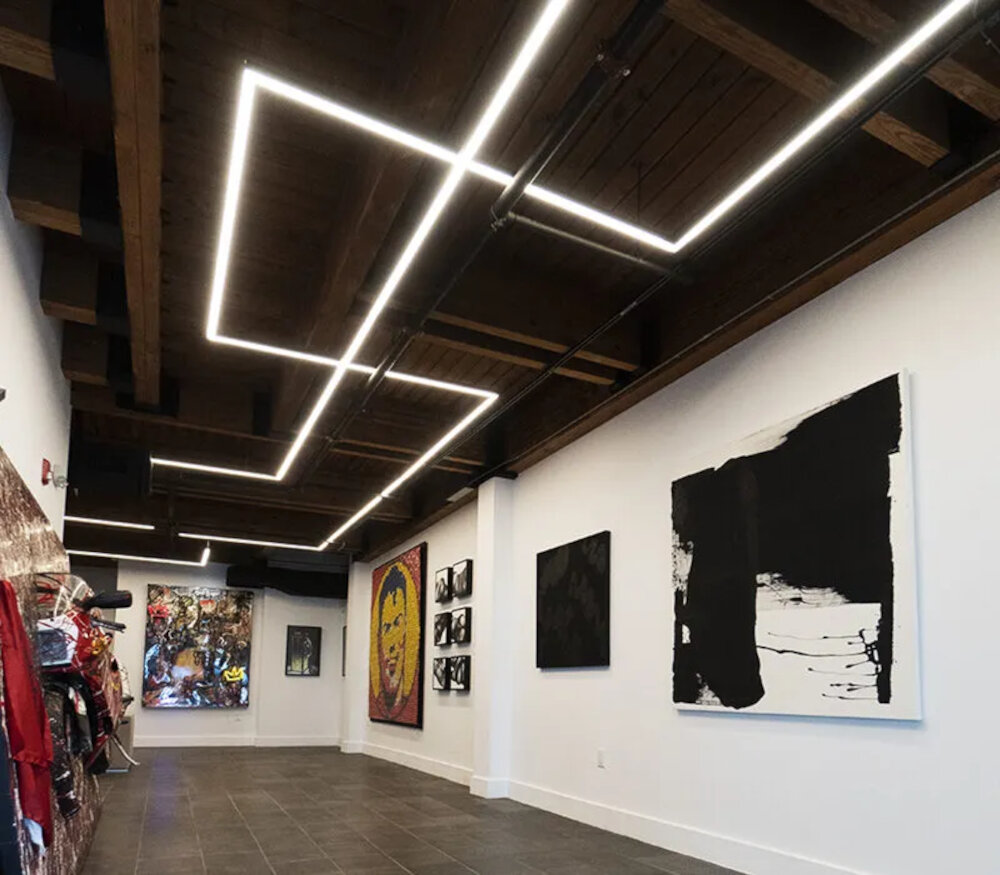
LED lights have gained immense popularity over the years due to their energy efficiency, longevity, and durability. However, just like any other electronic device, LED lights also have a limited lifespan. Fortunately, there are several ways to extend the lifespan of your LED lights, and this can save you a lot of money in the long run. The first tip to extend LED light lifespan is to ensure proper heat management. LED lights generate heat, and if left unchecked, this can cause damage to the LED. You can prevent this by ensuring that the LED light is installed in an area with proper ventilation. Additionally, you can install heat sinks or fans to help dissipate the heat generated by the LED. The second tip to extend LED light lifespan is to ensure proper voltage regulation. Overvoltage is one of the leading causes of LED failure. Therefore, it is crucial to ensure that the LED light is powered by the appropriate voltage. You can achieve this by using a voltage regulator or surge protector. Additionally, you can avoid dimming or flickering of the LED light by ensuring that the wiring is done correctly. Proper wiring ensures that the correct voltage is supplied to the LED light, which reduces the risk of overvoltage. In conclusion, by following the above tips, you can extend the lifespan of your LED lights, which ultimately saves you money and ensures that your lights shine for longer.
Proper installation of LED lights is crucial to ensuring their longevity. It is important to follow the manufacturer’s instructions carefully and make sure to use the appropriate fixtures, transformers, and dimmer switches. Improper installation can lead to issues such as overheating, voltage spikes, and electrical shorts, which can significantly shorten the lifespan of your LED lights. Additionally, it is important to ensure proper ventilation and avoid overcrowding the fixtures to prevent overheating. Taking the time to properly install your LED lights can help you maximize their lifespan and get the most out of your investment.
Regular cleaning is an essential aspect of maintaining the longevity of your LED lights. Accumulation of dust, dirt, and other particles on the surface of the bulbs can restrict the flow of heat, leading to overheating and eventual failure of the LED lights. It is recommended to clean the bulbs with a soft cloth or a microfiber duster regularly. Avoid using harsh chemicals or abrasive materials that can scratch or damage the surface of the bulbs. Additionally, keeping the surrounding environment clean can also help reduce the buildup of debris on the bulbs. By implementing a regular cleaning routine, you can ensure that your LED lights shine brightly for their expected lifespan.
To ensure the longevity of your LED lights, it is important to avoid overusing them. Overusing your LED lights can lead to overheating, which could potentially damage the bulbs and shorten their lifespan. It is crucial to follow the manufacturer’s recommendations on how many hours per day the lights should be used and to not exceed that limit. Additionally, turning off the lights when they are not needed can also help prolong their lifespan. By taking these precautions, you can ensure that your LED lights will shine brightly for years to come.
When it comes to purchasing LED lights, it’s important to choose high-quality products to ensure a longer lifespan. Investing in well-made LED lights may cost more upfront, but it will save you money in the long run by avoiding frequent replacements. Look for reputable brands that have a proven track record of producing durable and reliable LED lights. Additionally, pay attention to the product specifications, such as the expected lifespan and warranty. A longer lifespan and a strong warranty indicate a higher quality product. Don’t compromise on quality when it comes to LED lights, as it can have a significant impact on their longevity and effectiveness.
LED lights are becoming increasingly popular due to their energy efficiency, durability, and long lifespan. However, several factors can affect the lifespan of LED lights. One of the most critical factors is the quality of the LED chip itself. Cheaper, lower quality chips often have a shorter lifespan than high-quality ones. The operating temperature of the LED light also plays a significant role in its lifespan, with higher temperatures leading to a shorter lifespan. Additionally, the amount of usage and the level of maintenance can impact the lifespan of LED lights. Proper installation, usage, and maintenance can extend the lifespan of LED lights, making them a cost-effective and efficient lighting solution.
Choosing high-quality products is crucial when it comes to LED lights. Not only does it impact the lifespan of the product, but it also ensures that you are getting the best value for your money. High-quality LED lights are designed to provide excellent performance, energy efficiency, and durability, making them a cost-effective solution in the long run. Cheaper, low-quality LED lights may seem like a good deal at first, but they often have a shorter lifespan and can end up costing you more money in the long run due to frequent replacements. It is important to do your research and invest in high-quality LED lights to ensure that you get the most out of your investment while also reducing your environmental impact.
In conclusion, the lifespan of LED lights is significantly longer than traditional incandescent bulbs, and they are more energy-efficient. A well-designed and properly installed LED lighting system can last up to 50,000 hours or more, which equates to many years of use. However, several factors such as the quality of materials used, operating conditions, and maintenance practices can affect the lifespan of LED lights. Therefore, it is essential to invest in high-quality LED lights, and ensure they are installed and maintained correctly to maximize their lifespan and get the most out of your investment.
Conclusion
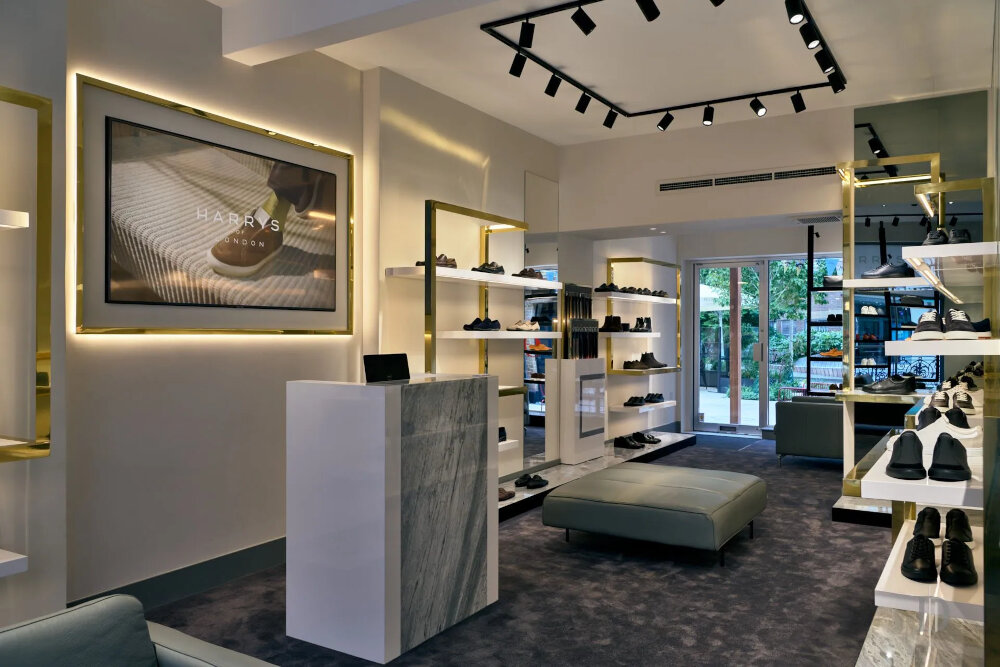
In conclusion, LED lights have revolutionized the lighting industry with their long lifespan and energy efficiency. While the exact lifespan of LED lights varies depending on the quality of the bulb and usage, they can last up to 50,000 hours or more. This means that LED lights can last for several years before needing replacement, making them a cost-effective and sustainable lighting solution. Additionally, LED lights offer a range of benefits such as low heat emission, instant brightness, and versatility in design. With the continuous development and advancement of LED technology, we can expect even longer lifespans and improved performance in the future. Ultimately, investing in LED lights is a smart choice for both homeowners and businesses looking for a long-lasting and eco-friendly lighting solution.




